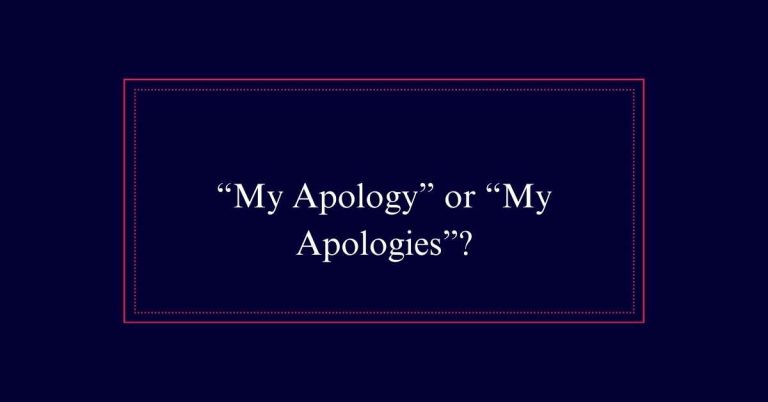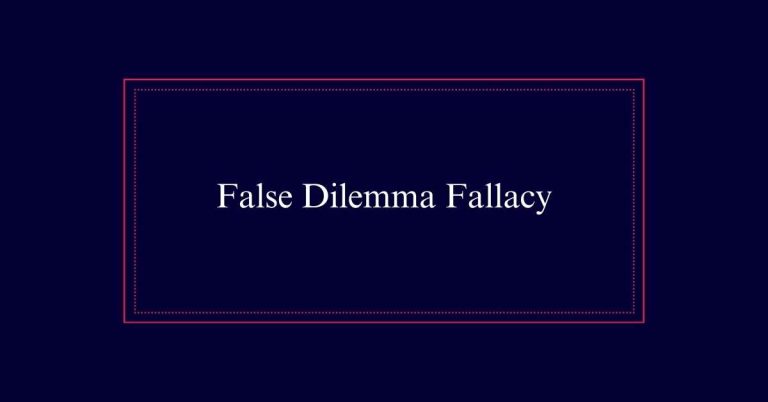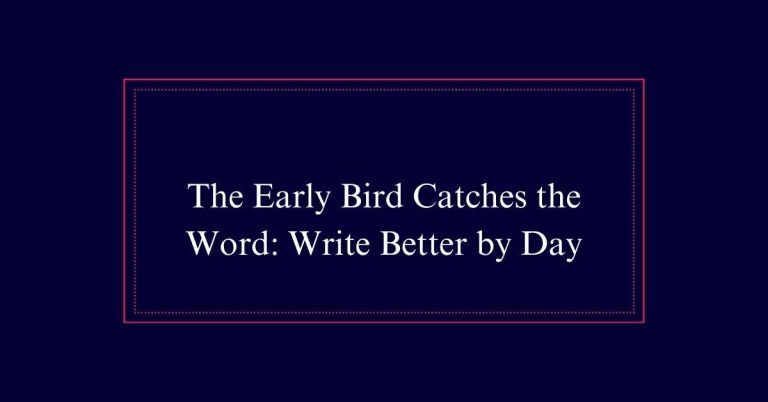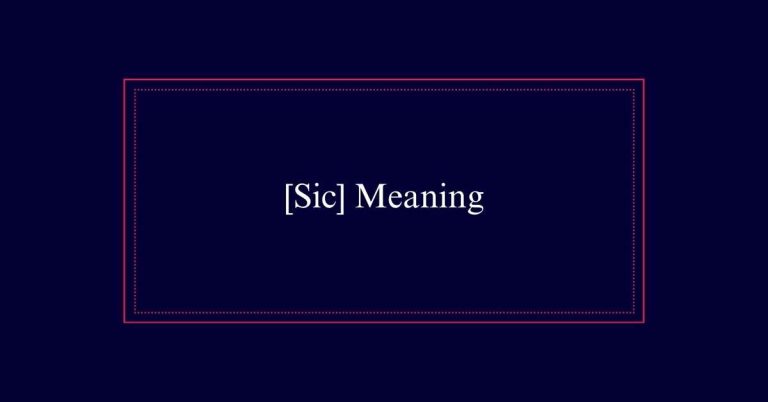Is Ginormous a Word?
Yes, “ginormous” is a word. It originated as British soldiers’ slang during World War II, combining “gigantic” and “enormous.” It describes something exceptionally large. The term first appeared in 1948 in “A Dictionary of Forces’ Slang.” In 2007, both Merriam-Webster and the Oxford English Dictionary included it, reflecting its widespread informal usage. While it’s ideal for casual conversations, it’s not recommended for formal writing.
Origin of Ginormous
The word ‘ginormous’ originated as British soldiers’ slang during World War II. It emerged from the need to describe something exceptionally large. The term is a blend of ‘gigantic’ and ‘enormous,’ combining the strengths of both words. First officially recorded in 1948, it appeared in ‘A Dictionary of Forces’ Slang.’
Soldiers used it informally to emphasize the size of objects or situations encountered during the war. This inventive lexical blend captured attention for its vividness and simplicity. Over time, ‘ginormous’ infiltrated everyday language, reflecting the playful and creative aspects of linguistic evolution. Its origin in the context of war highlights the human tendency to adapt language to convey extreme experiences effectively.
Definition of Ginormous
Defined as a combination of ‘gigantic’ and ‘enormous,’ ginormous describes something exceptionally large. This term is used to emphasize the immense size of an object or entity.
It merges the meanings of its root words to convey a heightened sense of vastness. For example, one might refer to a skyscraper or a mountain as ginormous to stress their overwhelming scale.
The word is often employed informally to create a more vivid image of size. While it may not be used in scholarly or formal contexts, its clear and straightforward meaning makes it a popular choice in everyday language.
Ginormous effectively captures and conveys the concept of extraordinary magnitude.
Official Recognition
Ginormous has gained official recognition through its inclusion in respected dictionaries. This acknowledgment highlights its evolution from slang to a legitimate term. Dictionaries such as Merriam-Webster and the Oxford English Dictionary have included ‘ginormous,’ attesting to its widespread usage and acceptance.
Here is a brief overview of its dictionary entries:
| Dictionary | Year of Inclusion |
|---|---|
| Merriam-Webster | 2007 |
| Oxford English Dictionary | 2007 |
Its presence in these authoritative sources validates its use in everyday language. However, despite its official status, ‘ginormous’ remains best suited for informal contexts. This formal recognition underscores the dynamic nature of language, reflecting how new terms can evolve and gain legitimacy over time.
Informal Usage
In everyday conversations, ‘ginormous’ often appears to emphasize the extraordinary size of objects or situations. Its informal nature makes it a popular choice to describe something exceptionally large in a casual, relatable manner.
People use ‘ginormous’ to add a touch of humor or exaggeration, making their descriptions more vivid and engaging. Despite its playful tone, the word effectively conveys the intended meaning without ambiguity.
However, due to its informal roots, ‘ginormous’ is not recommended for formal writing or academic contexts. It thrives in everyday language, where it captures and communicates an exaggerated sense of scale with ease.
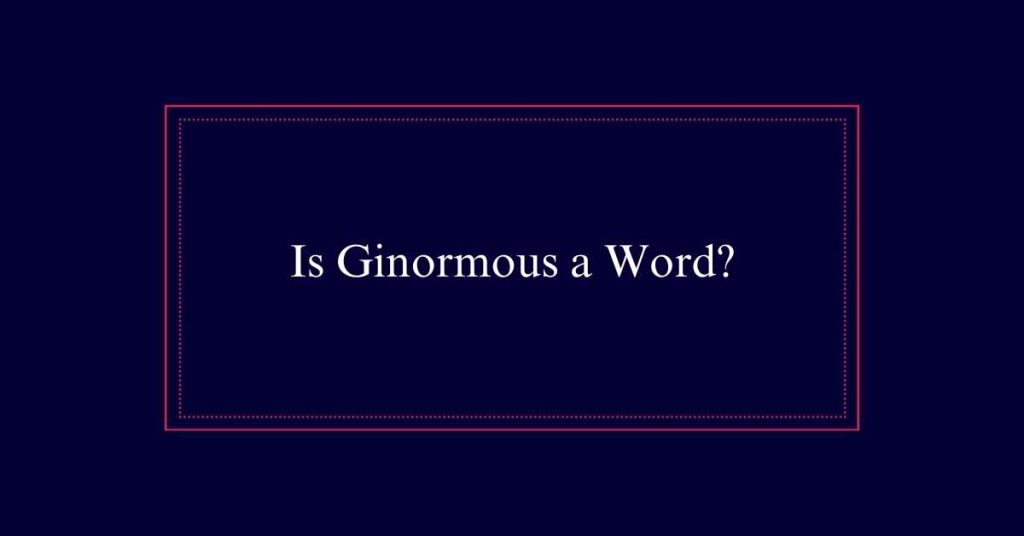
Contextual Examples
Examples of ‘ginormous’ in context illustrate its capability to vividly convey an exaggerated sense of size. The term is often employed to describe objects or scenarios that are exceptionally large. For instance, NASA’s ginormous underwater practice tank at the Johnson Space Center is essential for astronaut training. Another example is the experience of diving into a ginormous pillow, adding excitement to recreational activities. Additionally, the use of ‘ginormous’ in describing Elvis, a massive reptile, vividly enhances storytelling in various media.
“`markdown
| Context | Example | Description |
|---|---|---|
| Space Exploration | NASA’s ginormous underwater practice tank | Describes a large training facility |
| Recreational Activity | Diving into a ginormous pillow | Highlights excitement and scale |
| Media | Elvis, the ginormous reptile | Adds dramatic flair to a narrative |
| Popular Culture | Ginormous movie screens | Emphasizes the large size of entertainment devices |
| Everyday Conversation | A ginormous pile of laundry | Conveys the overwhelming size of a task |
Criticism and Acceptance
Critics argue that combining similar words to create new terms like ‘ginormous’ can be seen as unnecessary. They believe it adds redundancy to the language, complicating communication without adding significant value. Despite this, ‘ginormous’ has found acceptance and is widely used. It is included in reputable dictionaries, affirming its legitimacy.
Many people appreciate the term’s playful and exaggerated nature, making it effective in informal contexts. Its frequent usage in everyday language highlights its practicality for emphasizing large size.
While it may not be suitable for formal or academic writing, ‘ginormous’ serves a purpose in casual speech. Therefore, its acceptance underscores the dynamic and adaptable nature of language.
Linguistic Creativity
Creating words like ‘ginormous’ showcases the inventive and playful nature of human language. This process highlights our ability to adapt language to our needs, making it more expressive and dynamic. Linguistic creativity involves the blending of existing words, the creation of entirely new terms, and the playful manipulation of language.
- Blending: ‘Ginormous’ is a blend of ‘gigantic’ and ‘enormous.’
- New Terms: Inventing words to describe new concepts or phenomena.
- Playful Manipulation: Using humor and exaggeration to enhance communication.
These methods allow language to evolve continually, enriching our vocabulary and enabling us to express complex ideas more vividly. Therefore, linguistic creativity not only entertains but also serves a practical function in communication.
Cultural Impact
The term ‘ginormous’ underscores how language evolves to reflect cultural shifts and societal influences. It emerged from World War II slang and has since permeated everyday conversation. Its widespread usage in media, literature, and advertising highlights its cultural resonance. The adoption of ‘ginormous’ illustrates how new words can capture public imagination and become part of the lexicon.
Below is a table showcasing its cultural impact:
| Context | Example | Significance |
|---|---|---|
| Media | Movies, TV shows | Widely understood, adds emphasis |
| Literature | Children’s books | Engages young readers |
| Advertising | Marketing campaigns | Captures attention |
| Everyday Speech | Conversations and social media | Informal, relatable |
| Education | Informal settings | Teaches language evolution |

